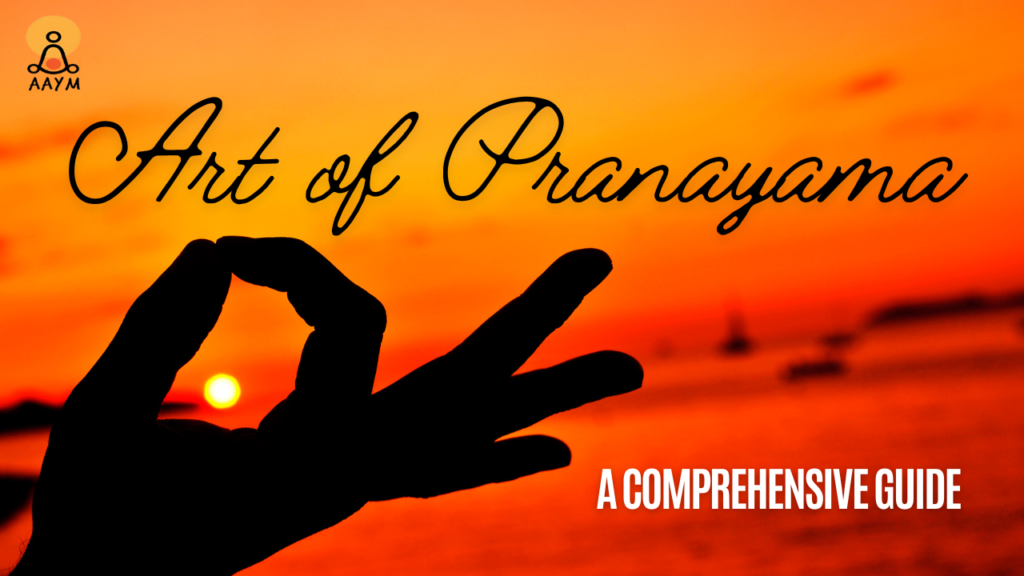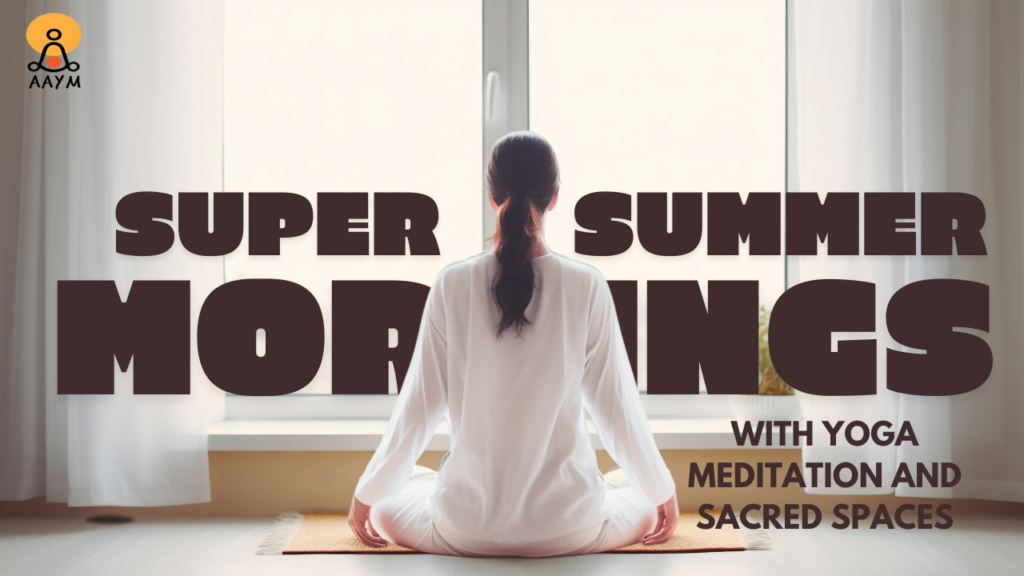Suryanamaskar Made Easy: Steps, Benefits, and Tips
Suryanamaskar, or Sun Salutation, is a dynamic sequence of yoga postures that has been practiced for centuries. It combines asanas (postures), pranayama (breathing techniques), and meditation, making it a holistic practice that benefits both the body and mind. Each movement in Suryanamaskar is synchronized with the breath, creating a flow that enhances physical strength, flexibility, and mental clarity. Historical Significance Suryanamaskar holds a revered place in yogic traditions, often performed at dawn to greet the new day and honor the sun. The sun, or Surya, is considered a source of life and energy in many cultures, and practicing Suryanamaskar is a way to harness this energy and revitalize the body. Core Benefits of Suryanamaskar Physical Fitness: Suryanamaskar is an excellent cardiovascular workout, promoting weight loss, improving muscle tone, and increasing flexibility. Mental Well-being: The practice helps reduce stress, anxiety, and depression, promoting a sense of inner peace and mental clarity. Detoxification: The synchronized breathing aids in better oxygenation of the blood and removal of toxins. Enhanced Circulation: The sequence improves blood circulation, ensuring that every part of the body receives adequate blood supply. Hormonal Balance: Regular practice can help balance the endocrine system, aiding in the regulation of hormones. Variations of Suryanamaskar Several schools of yoga have developed their own versions of Suryanamaskar, each with unique elements and sequences. Here, we explore some of the notable traditions: Bihar School of Yoga (BSY) Tradition In the BSY tradition, Suryanamaskar consists of twelve steps, which form half a round. The steps include: Pranamasana (Prayer Pose) Hasta Utthanasana (Raised Arms Pose) Padahastasana (Hand to Foot Pose) Ashwa Sanchalanasana (Equestrian Pose) Parvatasana (Mountain Pose) Ashtanga Namaskara (Salute with Eight Parts) Bhujangasana (Cobra Pose) This tradition also incorporates beeja mantras and focuses on specific chakras, adding a spiritual dimension to the practice. Krishnamacharya Vinyasa Yoga Tradition This tradition involves thirteen Vinyasas (postures), which include: Samasthiti/Pranamasana (Prayer Pose) Tadasana/Hasta Utthanasana (Raised Arms Pose) Uttanasana/Padahastasana (Hand to Foot Pose) Utkatasana (Chair Pose) Chaturanga Dandasana (Four-Limbed Staff Pose) Dandasamarpana (Plank Pose) Urdhva Mukha Svanasana (Upward-Facing Dog) Adho Mukha Svanasana (Downward-Facing Dog) These postures are linked in a dynamic flow, emphasizing breath coordination and fluid movement. Sivananda Yoga Vedanta Centre Tradition In this variation, step 5 is Phalakasana (Plank Pose) instead of Parvatasana, and step 8 is Adho Mukha Svanasana (Downward-Facing Dog) instead of Parvatasana. This slight modification offers a different emphasis on strength and flexibility. Swami Vivekananda Kendra Tradition This tradition also follows twelve steps similar to the Bihar School of Yoga, but with slight variations in names and sequences: Hasta Utthanasana (Raised Arms Pose) Padahastasana (Hand to Foot Pose) Ashwa Sanchalanasana (Equestrian Pose) Phalakasana (Plank Pose) or Dandasana (Staff Pose) Shashankasana (Rabbit Pose) Shashtanga Namaskara (Salute with Eight Parts) Bhujangasana (Cobra Pose) Adho Mukha Svanasana (Downward-Facing Dog) These variations demonstrate the diversity in approach while maintaining the core essence of Suryanamaskar. How to Practice Suryanamaskar Start with Pranamasana: Stand tall, feet together, palms joined in front of the chest. Focus on your breath and set an intention for your practice. Transition through the Poses: Move smoothly from one pose to the next, following the sequence of your chosen tradition. Ensure your breath is synchronized with each movement. Maintain Awareness: Focus on the alignment of your body and the rhythm of your breath. Stay present and mindful throughout the practice. End with Relaxation: After completing your rounds, lie down in Savasana (Corpse Pose) to allow your body to absorb the benefits of the practice. Conclusion Suryanamaskar is a profound practice that integrates physical, mental, and spiritual elements. Whether you are a beginner or an experienced practitioner, incorporating Suryanamaskar into your daily routine can lead to significant improvements in overall health and well-being. Explore the different traditions, find the variation that resonates with you, and embark on a journey of transformation and self-discovery.










